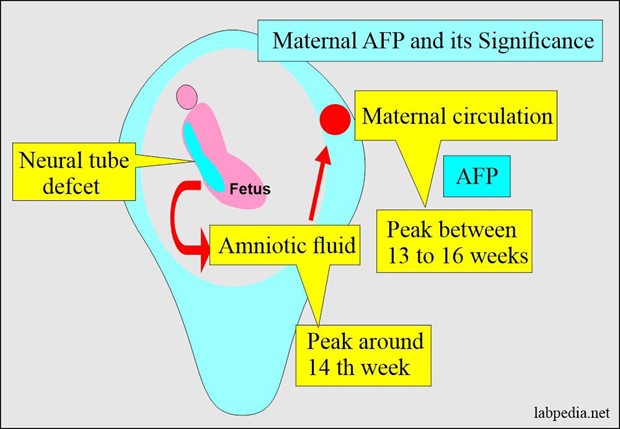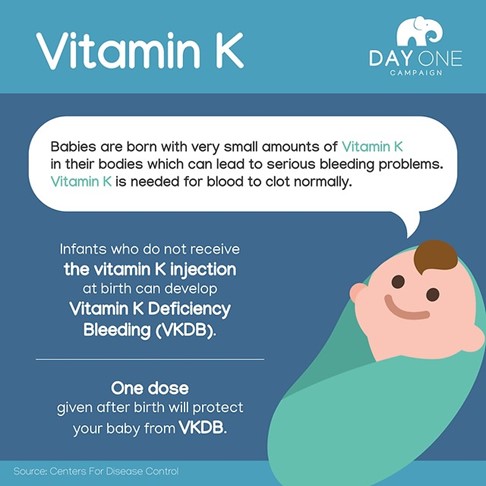The nurse has just received the results of a pregnant client's MSAFP screening and notes the levels are elevated.
The nurse should prioritize which discussion with the client.
Risk for Down syndrome.
Risk for neural tube defects.
Further testing is required.
Test needs to be repeated.
The Correct Answer is C
Elevated levels of MSAFP may indicate that the baby is at risk of a neural tube defect, like spina bifida.
However, further testing is required to confirm the results and determine the cause of the elevated levels.

Choice A is incorrect because low levels of MSAFP may indicate a risk for Down syndrome, not elevated levels.
Choice B is incorrect because while elevated levels of MSAFP may indicate a risk for neural tube defects, further testing is required to confirm this.
Choice D is incorrect because while repeating the test may be necessary, further testing beyond just repeating the MSAFP screening may also be required.
Nursing Test Bank
Naxlex Comprehensive Predictor Exams
Related Questions
Correct Answer is C
Explanation
The purpose of administering vitamin K to a newborn following delivery is to prevent bleeding.
Vitamin K helps blood to clot and is essential in preventing serious bleeding in infants.

Choice A is not an answer because administering vitamin K does not prevent infection.
Choice B is not an answer because administering vitamin K does not prevent potassium deficiency.
Choice D is not an answer because administering vitamin K does not prevent hyperbilirubinemia.
Correct Answer is C
Explanation
A nurse caring for a toddler who had a cast applied 2 hours ago due to multiple fractures of the right hand should report immediately to the charge nurse if the fingers on the right hand have a capillary refill of 4 seconds.
This could indicate that there is a problem with circulation.
Choice A is not an answer because it is not unusual for a child to not attempt to move her right arm or fingers after having a cast applied.
Choice B is not an answer because it is not unusual for the fingertips of the right hand to be swollen and bruised after having a cast applied.
Choice D is not an answer because it is not unusual for a child to not keep their arm elevated on a pillow after having a cast applied.
Whether you are a student looking to ace your exams or a practicing nurse seeking to enhance your expertise , our nursing education contents will empower you with the confidence and competence to make a difference in the lives of patients and become a respected leader in the healthcare field.
Visit Naxlex, invest in your future and unlock endless possibilities with our unparalleled nursing education contents today
Report Wrong Answer on the Current Question
Do you disagree with the answer? If yes, what is your expected answer? Explain.
Kindly be descriptive with the issue you are facing.
